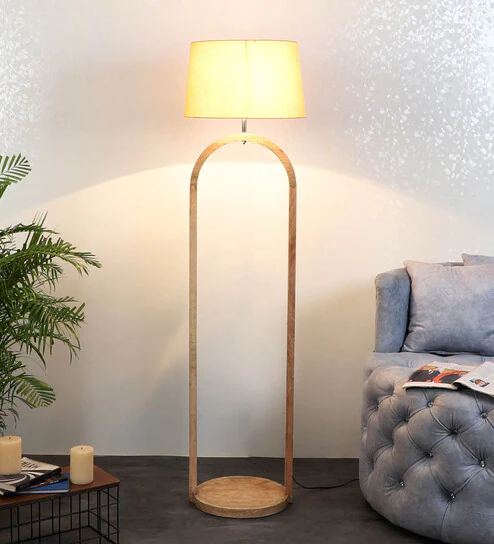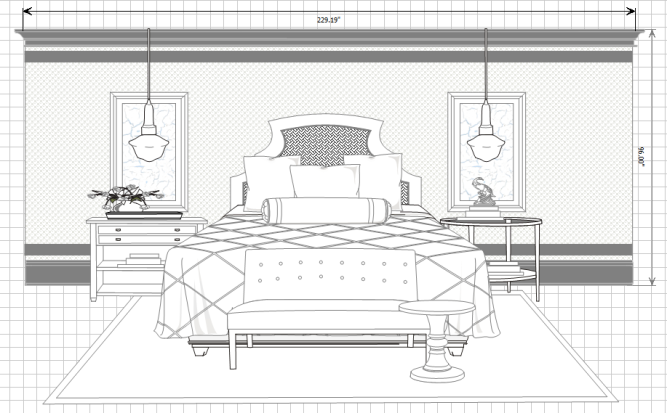How to Make Floor Transitions Smooth and Seamless
Floor transitions are a common part of an open floor plan, but they can be challenging to make seamlessly. A good way to avoid tripping over the transition is to use flooring with the same color as the rest of the house. This will help keep the space visually flowing and will make your floor transitions look more seamless. Read on for tips to make an elegant transition between two different floor types. Listed below are some helpful tips for floor transitions.
Make sure that the transition strip is installed when different types of flooring meet. Different materials may differ in height and underfoot characteristics, and a less noticeable transition may not be safer. If a transition is easily noticed, people walking near it may anticipate the change in flooring. If this is the case, a floor transition is necessary. Here are some other considerations to make when installing floor transitions. Hopefully, these tips will help you get started with your flooring transitions!
A basic measuring tape can help you determine the height difference between two different floors. Measure the area of the floor where the two types meet, a doorway, etc. If there is a height difference, mark the area with temporary chalk. Then, install the transition strip. You may also want to install an adapter plate or end molding to create a clean transition. Make sure you follow all instructions carefully to avoid any accidents. And if the floor transition is going to cross a doorway, make sure to close the door first.
Using a floor transition strip is a great way to improve the aesthetics and safety of your home. It’s also a great way to prevent tripping by making the transition less noticeable. Not only will it prevent you from falling and breaking your leg, but it will also prevent a lot of noise. A floor transition strip is a great way to make a room safer, and the transitions between rooms look smooth and seamless.
If you’re installing flooring in multiple rooms, plan your transitions so that they follow the natural flow of your house. Consider the direction and colors of the floors, especially where the rooms begin and end. You should also take into account the type of furniture that will be in that room. This way, the floor transition is more appropriate than it looks. The transition may look messy, but it can be an effective way to create a smooth and seamless transition between floors.
Another option for floor transitions is the use of T-molding. This strip fits into the seam between two different kinds of flooring. These transition strips are made from aluminum and are available in several colors. Despite their name, T-molding is often difficult to match the color of one floor to another. It may also be difficult to find the perfect matching floor types. While T-molding is an excellent choice for floor transitions, there are several other types of transitions that can be used.











